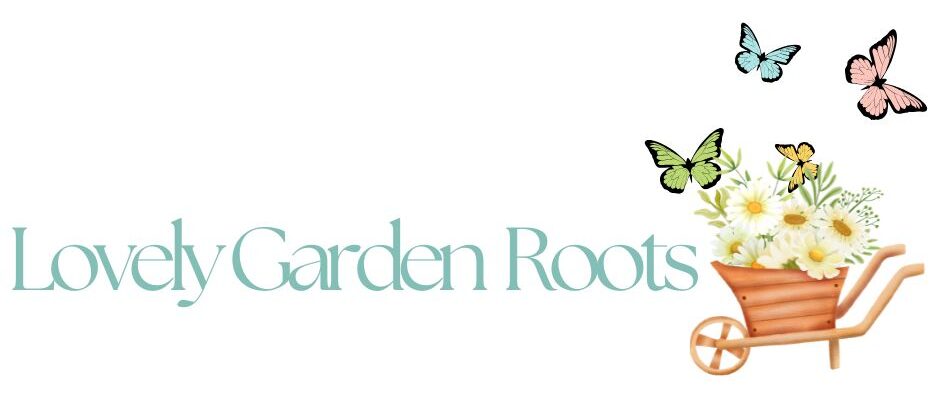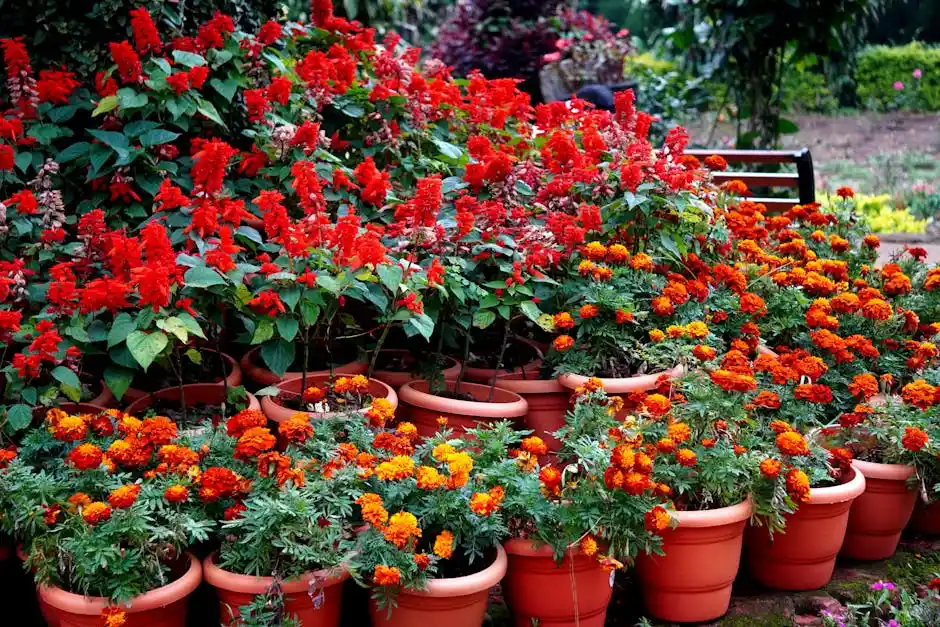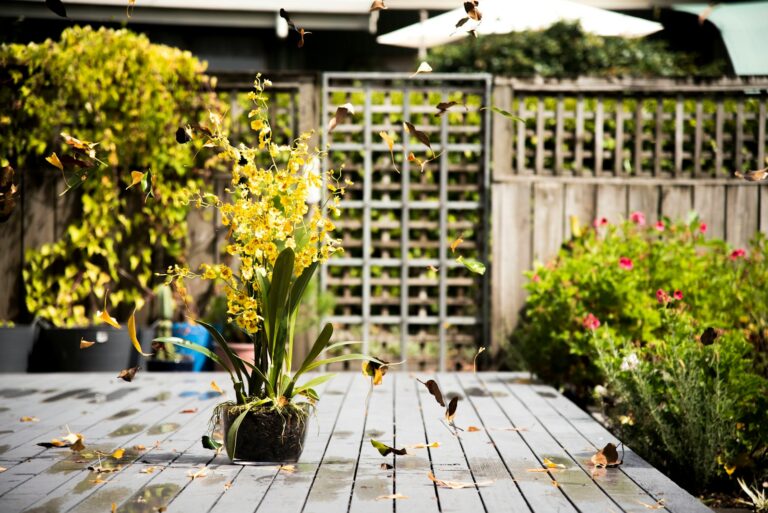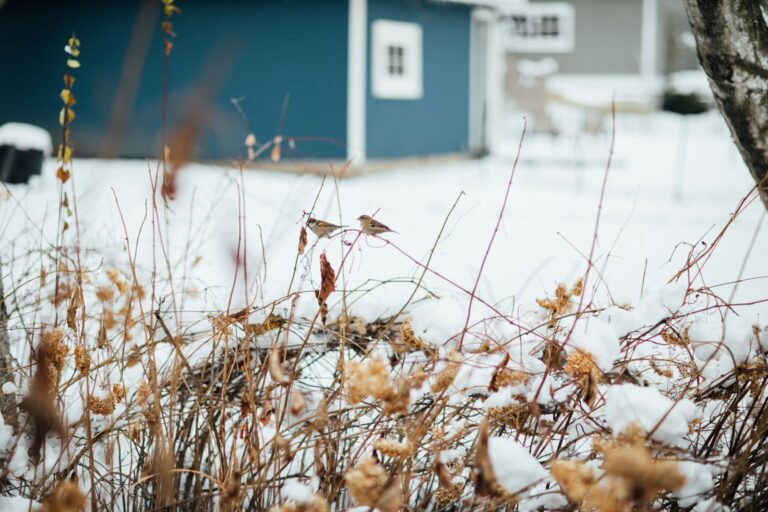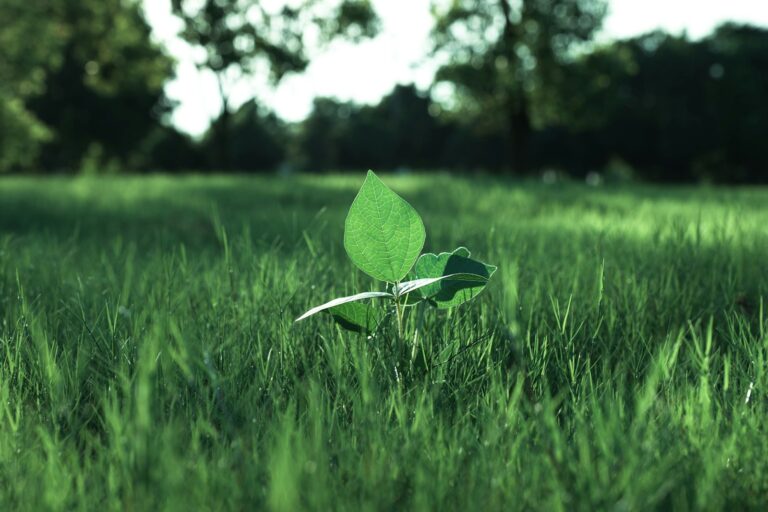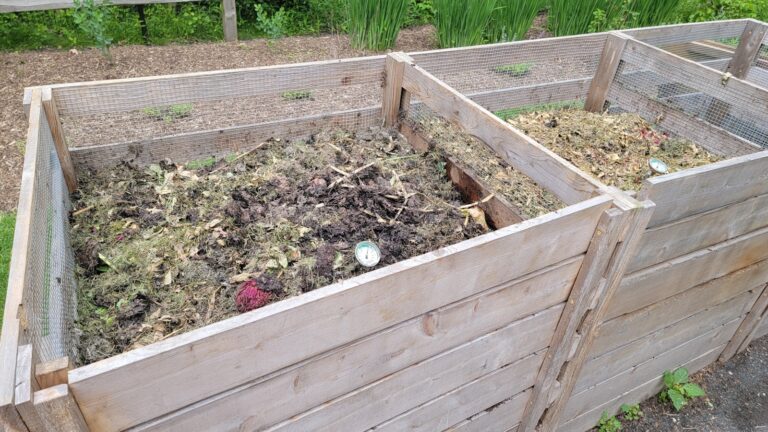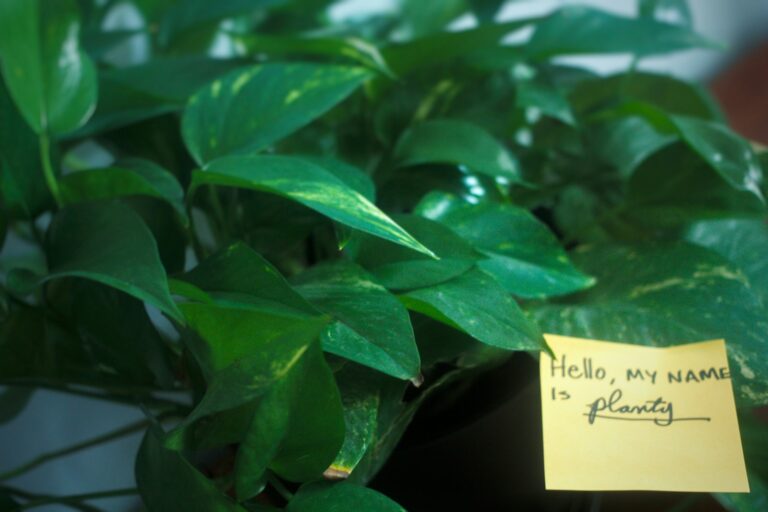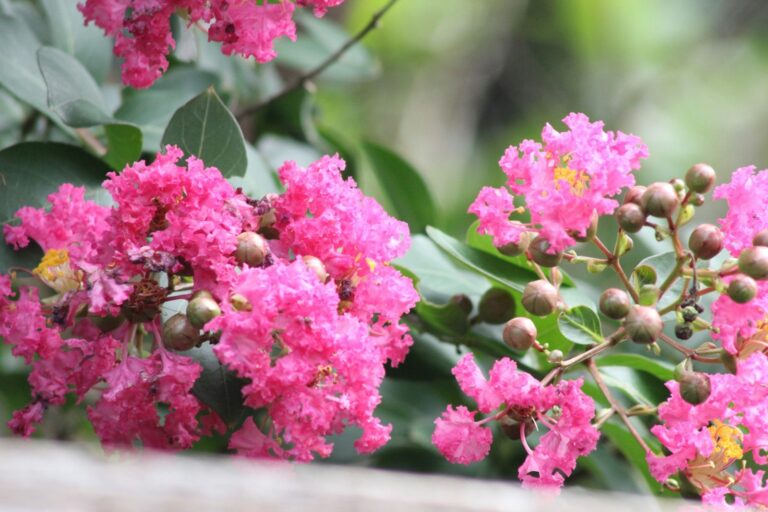How to Create a Butterfly Friendly Outdoor Garden for Year Round Beauty and Buzz
Creating a butterfly-friendly garden is a rewarding way to bring color and life to your outdoor space. You can enjoy watching butterflies while supporting local pollinators that play a key role in nature.
To create a garden that attracts butterflies, you need to provide the right plants and environment that meet their needs throughout their life cycle. With some simple planning, you can make your garden a welcoming spot for these delicate insects.
Choose a sunny location with at least 6 hours of sunlight daily

Butterflies love warmth, so picking a spot in your yard that gets at least 6 hours of direct sunlight is important. This helps your plants grow strong and provides a friendly environment for butterflies to flutter around.
Look for areas without tall trees or structures blocking the sun. South-facing spots usually get more light, which is great for butterfly gardens.
Tracking sunlight throughout the day can help you find the best spot. You can also create a simple sun map to see where the sun shines longest. This makes sure your garden stays bright and inviting.
Plant milkweed to support monarch butterfly caterpillars
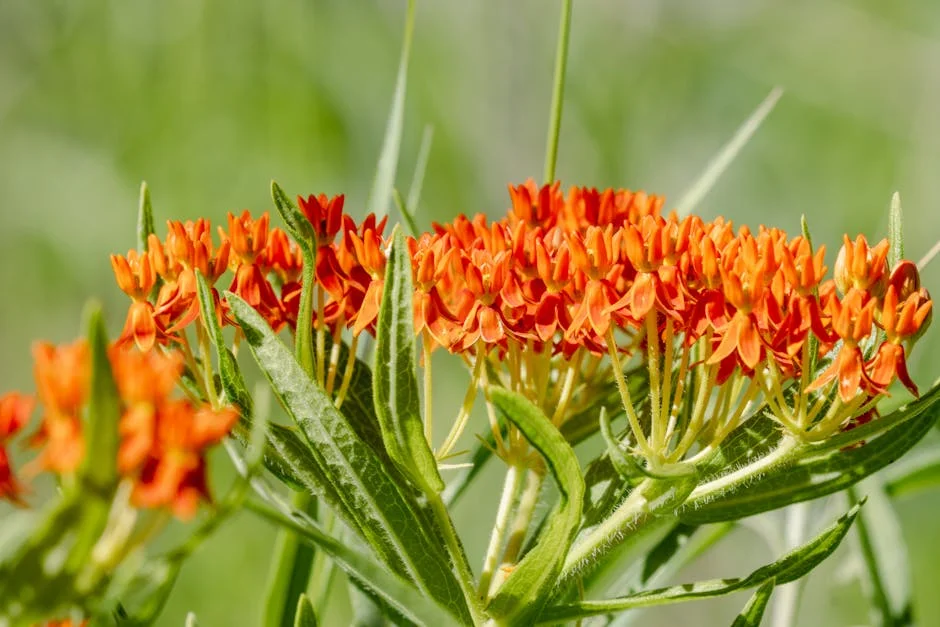
Planting milkweed is one of the best ways to help monarch butterflies. This plant is the only food source for monarch caterpillars, so having it in your garden provides them with essential nourishment.
You’ll also create a safe breeding spot for the butterflies. When you choose native milkweed species, you support local ecosystems and increase your chances of attracting monarchs.
Milkweed’s nectar-rich flowers benefit other pollinators too, like bees and hummingbirds. By including milkweed in your garden, you’re helping a variety of wildlife thrive.
Include nectar-rich flowers like butterfly bush and lantana
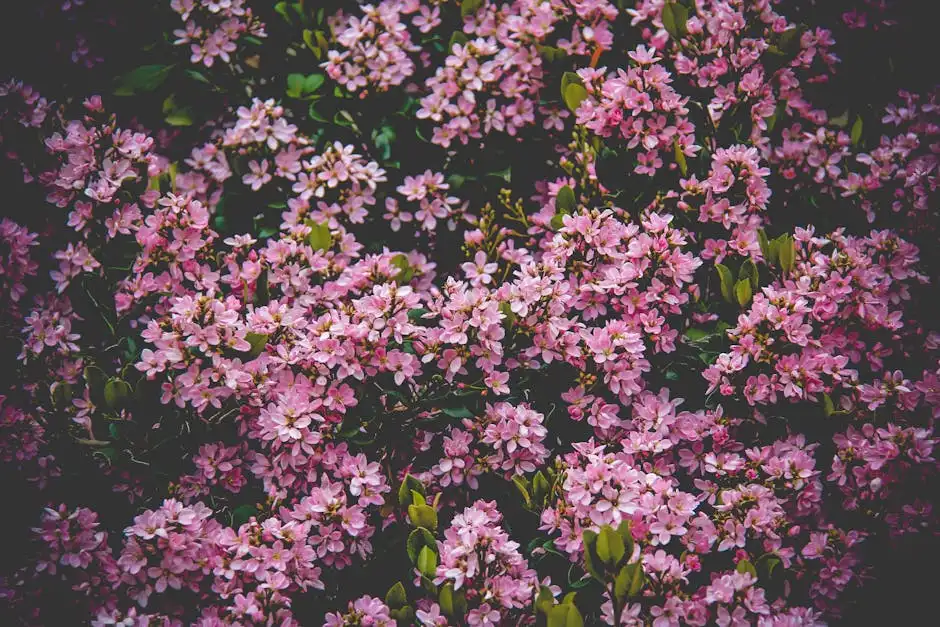
You want to focus on plants that provide plenty of nectar since butterflies rely on it for energy. Butterfly bush and lantana are great choices because they attract many butterfly species.
These flowers bloom for long periods, giving butterflies a reliable food source across the seasons. Plus, their bright colors make your garden lively and inviting.
Plant them in sunny spots with good air circulation. This helps keep the flowers healthy and easy for butterflies to access their nectar.
Add host plants such as fennel and parsley for caterpillars
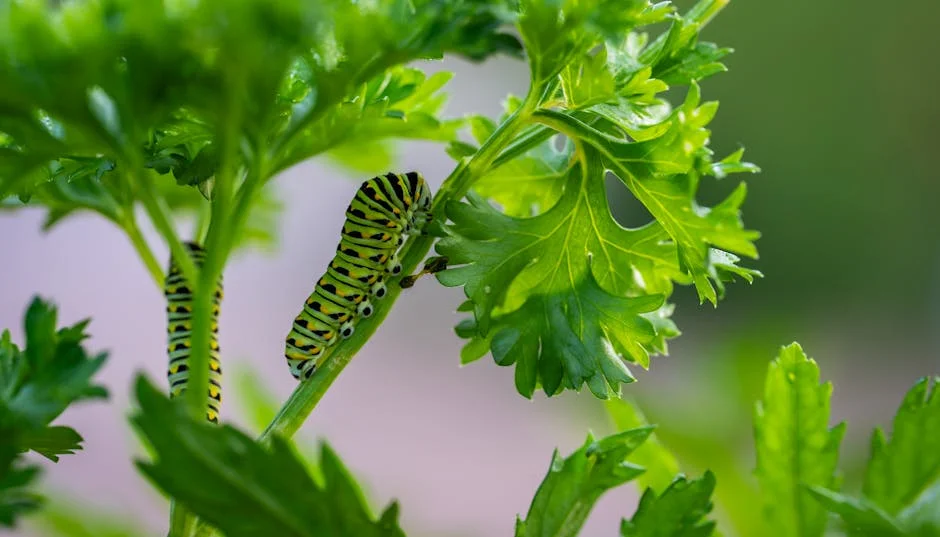
Adding host plants like fennel and parsley to your garden is a great way to support caterpillars. These plants provide essential food that swallowtail butterfly larvae need to grow.
You’ll notice that caterpillars prefer these plants, and having enough will help them thrive if they visit your garden. Planting a healthy amount ensures they won’t run out of food.
By including these herbs, you create a welcoming environment that encourages butterflies to lay eggs and complete their lifecycle safely. Plus, they add beauty and usefulness to your garden space.
Create shallow water sources for butterfly drinking spots
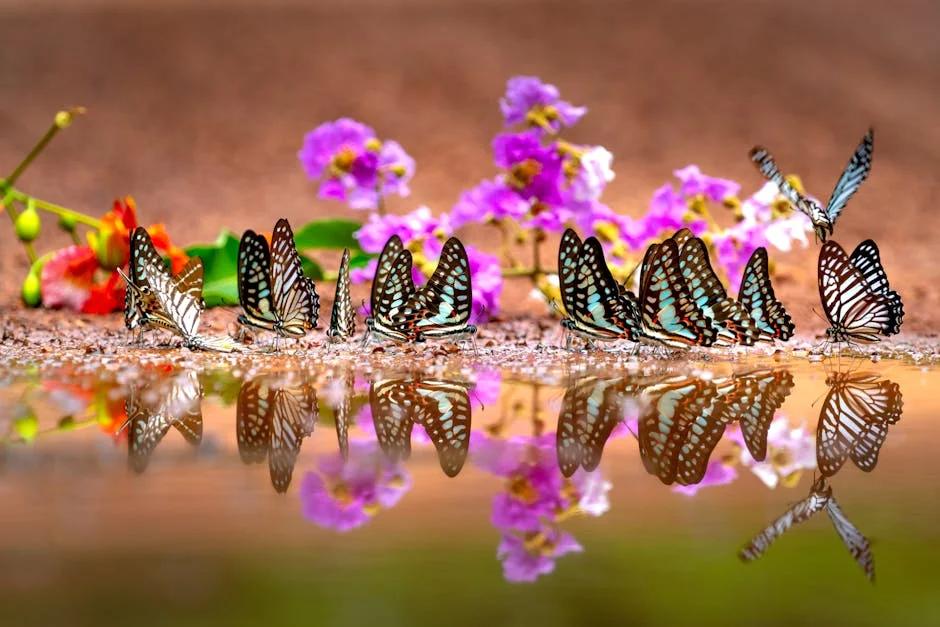
You can attract butterflies by providing shallow water sources in your garden. Use a shallow dish or saucer filled with damp sand or water. Adding small pebbles or stones gives the butterflies a safe place to land while they drink.
Keep the sand moist or the water fresh, especially during hot days. Place these water spots in sunny areas, as butterflies prefer warmth when they drink. Avoid deep containers to prevent drowning.
Creating simple puddling stations like this helps butterflies get the minerals and hydration they need to thrive in your outdoor space.
Avoid pesticides and herbicides to keep butterflies safe
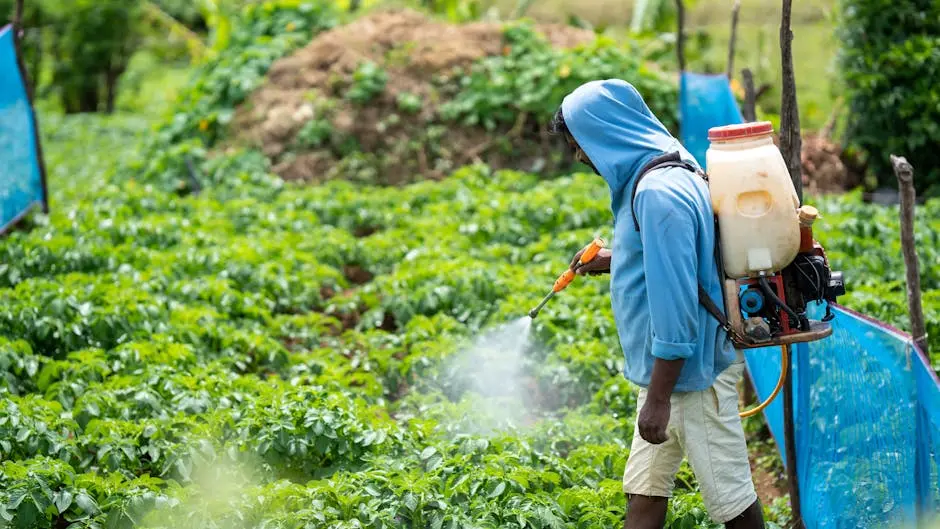
You should avoid using pesticides and herbicides in your butterfly garden. These chemicals can harm butterflies at all stages of their life cycle, from caterpillar to adult.
Instead, try natural pest control methods like companion planting or encouraging beneficial insects. This helps keep your garden healthy without risking butterfly safety.
Using organic fertilizers also supports a pesticide-free environment. This way, you create a welcoming space where butterflies can thrive without exposure to harmful substances.
Incorporate native plants to attract local butterfly species
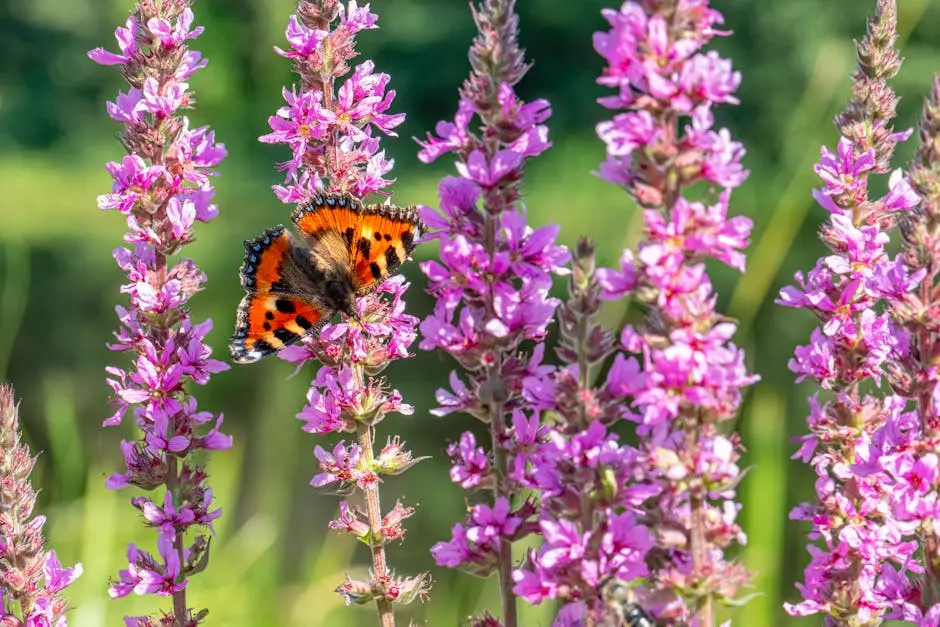
Using native plants in your garden helps attract butterflies that are already adapted to your area. These plants provide the right food and shelter for local butterfly species.
Native flowers tend to bloom longer and need less water, making them easier to maintain. Examples include Joe Pye weed, black-eyed Susans, and asters, which support butterflies like monarchs and painted ladies.
By planting a variety of native species with different heights and textures, you create an inviting habitat. This encourages more butterflies to visit and stay in your garden throughout the growing season.
Plant in clusters to make flowers more visible to butterflies
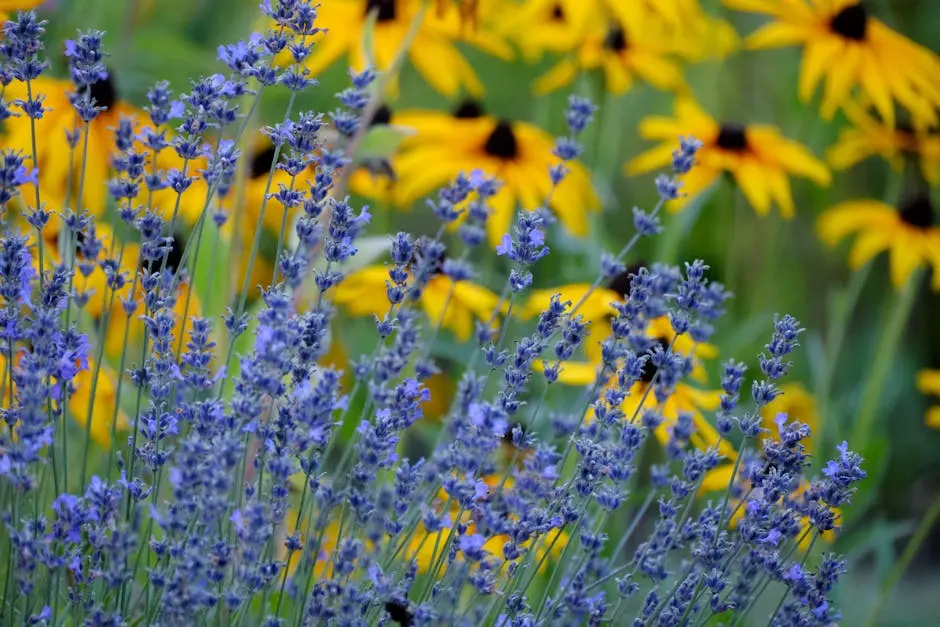
When you plant flowers in groups of three to five or more, you create a bigger target for butterflies to spot. Clusters are easier for butterflies to find than single plants scattered around your garden.
Grouping similar flowers together also helps butterflies feed more efficiently because they don’t have to fly far between blooms. This can encourage them to stay longer in your garden.
Try to arrange clusters of nectar-rich flowers like coneflowers or zinnias close to each other. This simple step makes your garden more inviting to butterflies and helps support their feeding habits.
Provide shelter with shrubs and tall grasses
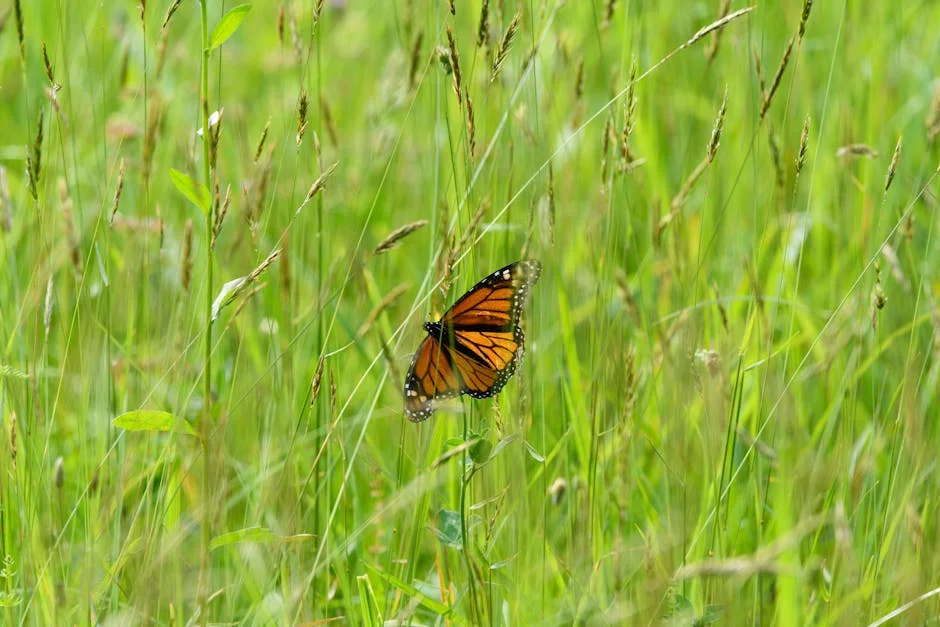
You can make your garden more inviting by adding shrubs and tall grasses. These plants offer butterflies protection from wind and rain.
Shelter helps butterflies rest safely during bad weather. Choose dense shrubs or native grasses that fit your local climate.
Placing these plants near nectar sources creates safe spots for butterflies to pause. You might also add small garden structures for extra shelter. This simple step helps support butterflies throughout their life cycle.
Add flat stones or logs for sunbathing butterflies
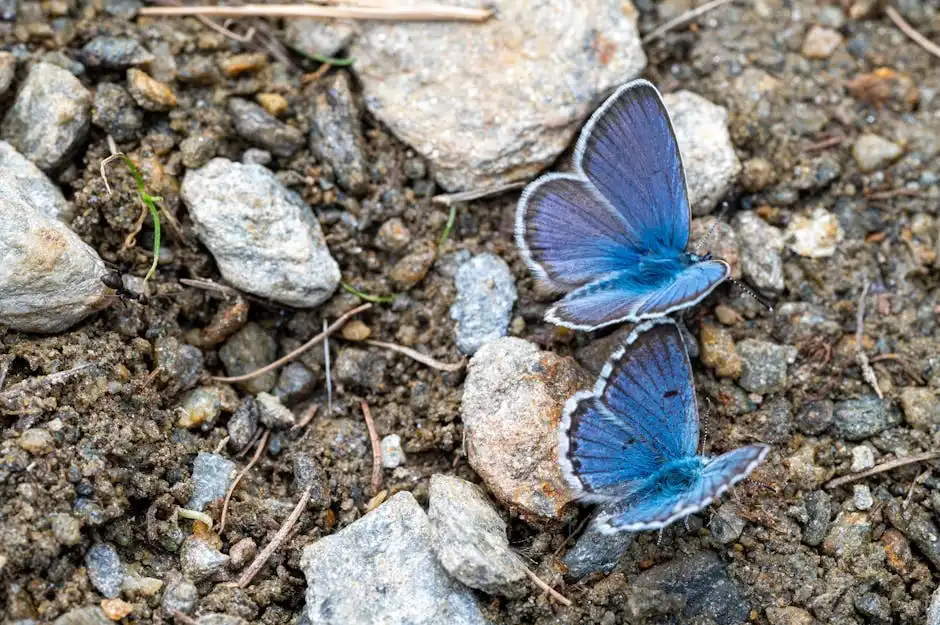
Butterflies need warmth to stay active, and flat stones or logs in sunny spots provide perfect places for them to soak up the sun. You can place these near nectar plants to encourage butterflies to linger in your garden longer.
Choose smooth, flat stones or weathered logs. Position them where they receive direct sunlight during the day.
These surfaces offer a safe spot for butterflies to rest and regulate their body temperature. Adding this simple feature helps create a welcoming habitat for your garden visitors.
